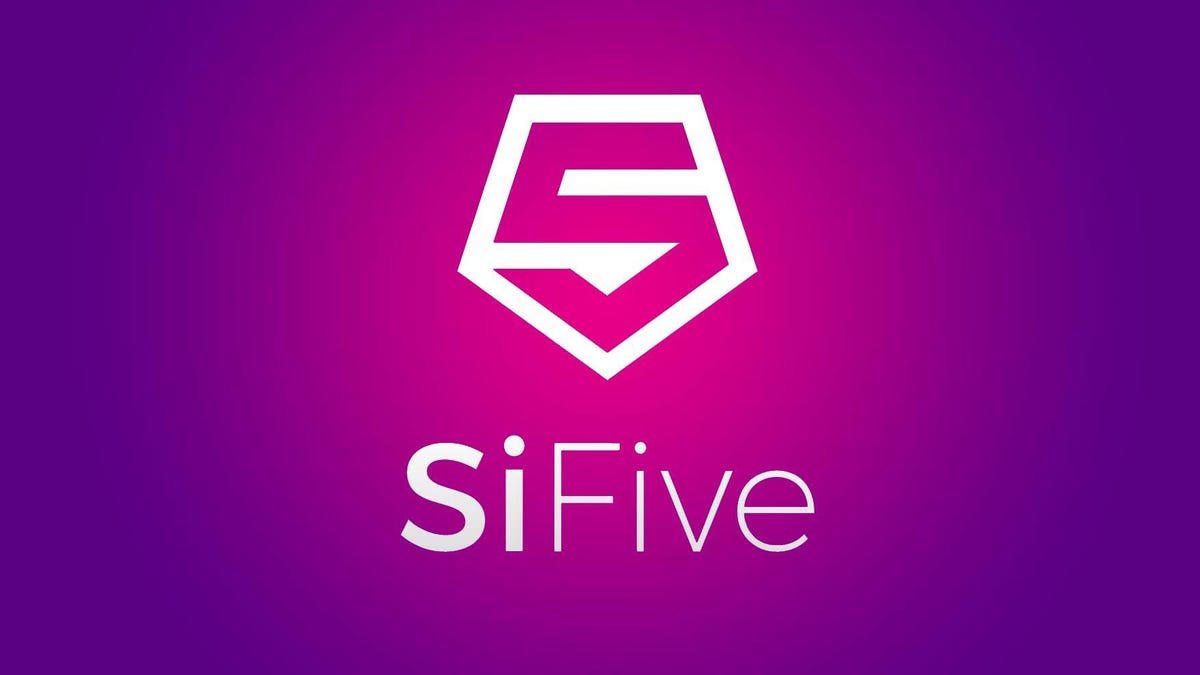SiFive chip design challenges Arm and leads to Intel alliance
The startup uses open RISC-V technology that competes with Arm and Intel, but Intel will build a test chip using SiFive's P550 design.

Startup SiFive announced a faster new processor design, the P550, that means its chips can better challenge Arm, the leader in processors for mobile devices and many other electronics products. And the company also deepened a partnership with another rival, Intel, for actually manufacturing the chips.
SiFive is a top member of an alliance called RISC-V International whose members use and develop a chip foundation called an instruction set architecture, a collection of commands through which software can control a chip. The RISC-V ISA is free to use. Arm's business is licensing its ISA and chip designs using it to customers like Apple, Qualcomm and Samsung, while Intel makes and sells its own chips using its x86 ISA.
The P550 and a SiFive sibling called the P270 are the first members of a family focused on high performance, with enough horsepower to run the Linux operating system. In contrast, RISC-V chips got their first foothold playing more of a supporting role, like controlling the internal workings of Seagate hard drives.
The RISC-V designs embody a relatively modern chip design approach called reduced instruction set computing, and indeed the RISC-V project began with a luminary who co-created RISC, David Patterson. Arm chips also are RISC designs. Software controls Intel x86 chips with the older CISC, or complex instruction set computing, technology, but deeper down, even Intel chips use RISC technology.
SiFive's rise is among several sudden changes sweeping the chip business. Apple is designing its own Arm-based designs instead of buying Intel chips for its Macs, Taiwan Semiconductor Manufacturing Co. has unseated Intel as the world's cutting-edge chip builder, Intel is trying to turn itself around under the leadership of new Chief Executive Pat Gelsinger and a global chip shortage has halted some car manufacturing.
SiFive doesn't make P550 or P270 chips itself, but instead licenses the designs to others that need to combine them with other processor elements to form a system on a chip, or SOC.
One enormous company doing that will be Intel. It plans to deliver a processor called Horse Creek that combines the P550 with Intel components for communicating with memory and other computing hardware. It's designed only for testing and development, not shipping products, but it's still a remarkable expansion for a company that's focused on x86 chips for decades.
Intel is becoming open to new approaches under Gelsinger's leadership. One such new idea is building others' chip designs through its new Intel Foundry Services business unit. The chipmaker announced in May that Intel Foundry Services would build RISC-V and Arm-based processors.
Intel is considering acquiring SiFive for $2 billion, Reuters reported earlier in June. Intel and Arm declined to comment.
SiFive has delivered its Performance family chip designs to its first customers, CEO Patrick Little said in a blog post.
"The arrival of the SiFive Performance family of processors is proof that we've entered a new phase at SiFive," LIttle said. "It represents an initiative within our company to continue to innovate to bring the highest possible performance processors to our partners' SoCs.
SiFive is among several notable RISC-V startups. Another, Tenstorrent, is making AI-focused chips and hired Jim Keller, formerly a high-profile Intel chip designer, as chief executive. Esperanto Technologies has revealed an AI chip design with more than 1,000 RISC-V processing cores.
Other RISC-V companies include AI chipmaker GreenWaves Technologies, low power chipmaker Micro Magic and Chinese cloud computing giant Alibaba.

